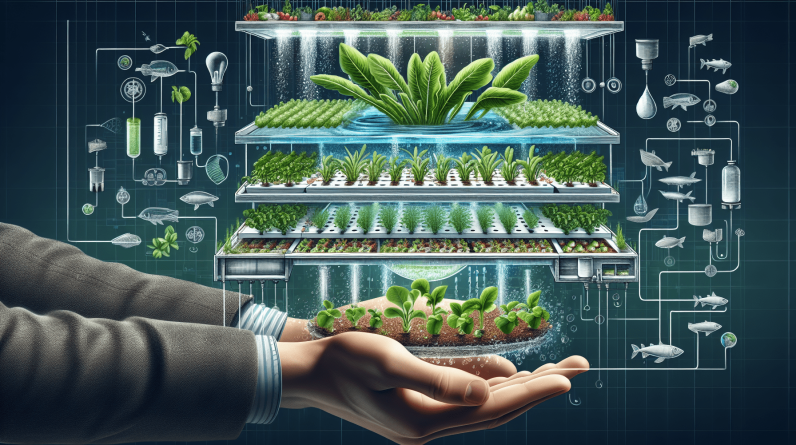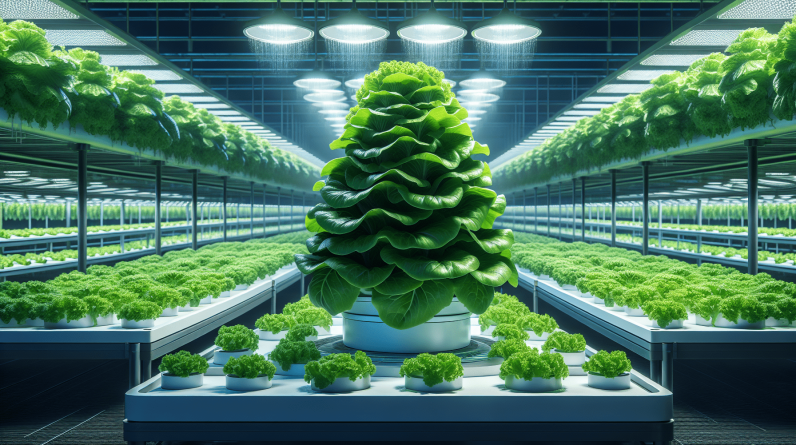
Exploring Hydroponic Growing Media
When it comes to hydroponic gardening, choosing the right growing media is crucial for the success of your crops. The growing media serves as a support system for your plants, helping distribute water and nutrients effectively. In this article, we will explore the best hydroponic growing media options available to help you make an informed decision for your gardening needs.
What Is Hydroponic Growing Media?
Hydroponic growing media are materials that replace soil in hydroponic systems. They support plant roots and help with the efficient distribution of water, oxygen, and nutrients. Unlike traditional soil-based gardening, hydroponic growing media do not provide any nutritional value to the plants but serve as a physical anchor for the root system.
Types of Hydroponic Growing Media
There are various types of hydroponic growing media available, each with its unique characteristics and benefits. Some common options include:
- Rockwool
- Perlite
- Vermiculite
- Clay pellets
- Coconut coir
- Growstones

This image is property of images.pexels.com.
Pros and Cons of Different Media Options
Each hydroponic growing media has its pros and cons, depending on your specific needs and gardening goals. Let’s take a closer look at the advantages and disadvantages of some popular media options:
| Media Option | Pros | Cons |
|---|---|---|
| Rockwool | Excellent water retention, sterile, provides good aeration | Non-biodegradable, pH instability |
| Perlite | Lightweight, good aeration, reusable | Can float, dust may clog system |
| Vermiculite | Lightweight, retains water well | Poor aeration, pH changes over time |
| Clay Pellets | Provides good aeration, reusable, stable pH | Heavy, may compact over time |
| Coconut Coir | Sustainable, retains water well, pH stable | Requires pre-soaking, potential salt buildup |
| Growstones | Lightweight, reusable, inert | Expensive, may break down over time |
Rockwool
Rockwool is one of the most popular hydroponic growing media options due to its excellent water retention and aeration properties. It is made from mineral fibers and is sterile, preventing the growth of mold and harmful bacteria. Rockwool comes in various sizes and shapes, making it versatile for different hydroponic systems.

This image is property of images.pexels.com.
Perlite
Perlite is a lightweight, porous material that provides excellent aeration for plant roots. It is reusable and helps prevent soil compaction in hydroponic systems. However, perlite can float, especially in flood-and-drain systems, and the dust from perlite may clog irrigation lines if not rinsed properly.
Vermiculite
Vermiculite is a lightweight material that retains water well, making it suitable for plants that require constant moisture. However, vermiculite lacks good aeration properties and may compact over time, reducing oxygen flow to the roots. It is essential to monitor the pH of the nutrient solution when using vermiculite as it tends to change over time.

This image is property of images.pexels.com.
Clay Pellets
Clay pellets, also known as hydroton or expanded clay, provide excellent aeration for plant roots and are reusable in hydroponic systems. They have a stable pH, which is crucial for maintaining nutrient balance. However, clay pellets can be heavy, especially in large systems, and may compact over time, restricting root growth.
Coconut Coir
Coconut coir, made from the husk of coconuts, is a sustainable alternative to traditional growing media. It retains water well and has a stable pH, making it ideal for hydroponic systems. However, coconut coir requires pre-soaking before use to prevent dehydration of plant roots and potential salt buildup over time.
Growstones
Growstones are lightweight, reusable, and inert materials made from recycled glass. They provide excellent aeration for plant roots and do not break down as quickly as other media options. However, growstones can be expensive compared to other growing media and may degrade over time, affecting their effectiveness in supporting plant growth.
Choosing the Right Hydroponic Growing Media
When selecting the best hydroponic growing media for your system, consider the following factors:
- Plant Type: Different plants have varying water and nutrient requirements, so choose a media that aligns with the needs of your crops.
- System Type: The type of hydroponic system you have (e.g., deep water culture, nutrient film technique) will determine the best media for optimal plant growth.
- Maintenance: Consider the maintenance requirements of each growing media, including pH stability, water retention, and aeration capacity.
- Cost: Factor in the cost of the media, including initial setup and long-term sustainability, to ensure it fits your budget.
By evaluating these factors and understanding the pros and cons of each hydroponic growing media option, you can make an informed decision that will benefit your plants and enhance the success of your hydroponic garden.
Conclusion
Hydroponic growing media play a vital role in the success of your hydroponic system by providing structural support and distributing water, oxygen, and nutrients to plant roots. Choosing the best media for your specific needs is essential for healthy plant growth and high yields. Consider the various options available, weigh their pros and cons, and select the most suitable hydroponic growing media to maximize the potential of your hydroponic garden. Happy gardening!










